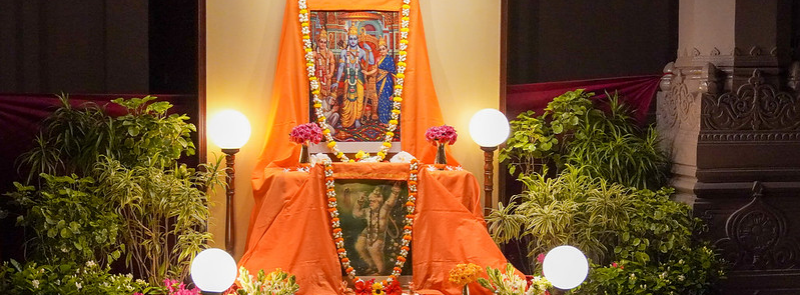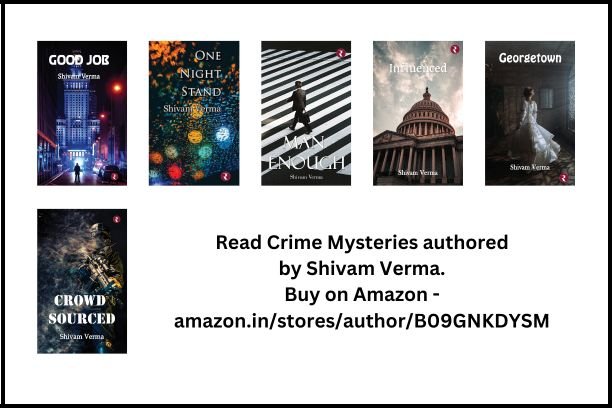
When It Occurs
Annually Ninth Day of Hindu Lunar Month Chaitra
Timeline
Days Passed (575)
# Hashtags
#RamaNavami #LordRama
Rama Navami is a Hindu festival dedicated to honoring the birth of Lord Rama, the seventh incarnation of Lord Vishnu, and is deemed highly auspicious by Hindus.
In the year 2023, Rama Navami was joyously celebrated on March 30. In anticipation of this sacred occasion, Hindus engage in a nine-day fast known as Chaitra Navaratri. This fasting period involves refraining from alcohol and smoking, consuming vegetarian meals, and dedicating time to prayer and meditation.
Overview of Rama Navami
-
Date and Timing:
- Rama Navami falls on the ninth day of Chaitra month (March-April) in the Hindu lunar calendar.
- This festival typically coincides with the spring season and marks the culmination of the Chaitra Navratri, a nine-day festival dedicated to worshiping the goddess Durga and her various forms.
- In the Gregorian calendar, Rama Navami usually falls between late March and early April.
-
Significance:
- Rama Navami is observed to commemorate the birth of Lord Rama, who was born to King Dasharatha and Queen Kausalya of the Ikshvaku dynasty in the city of Ayodhya.
- Lord Rama is revered for his ideal qualities as a son, husband, king, and human being, making him a model of virtue for millions of Hindus.
- The festival serves as a reminder of the victory of good over evil, symbolized by Lord Rama’s defeat of the demon king Ravana, which is a central event in the Ramayana.
-
Mythological Background:
- According to Hindu mythology, King Dasharatha of Ayodhya had three queens but was unable to have children for many years. He performed the Putra Kameshti Yagna, a sacred ritual, seeking divine intervention.
- As a result of the yagna, the gods blessed the king with four sons: Rama, Bharata, Lakshmana, and Shatrughna, with Lord Rama being the eldest.
- Rama’s life, journey, and battle against Ravana are depicted in the Ramayana, a text composed by the sage Valmiki.
Celebrations and Rituals
-
Fasting and Devotion:
- Many devotees observe a day-long fast on Rama Navami. Some follow a strict fast, consuming only fruits and water, while others may eat a simple meal after performing prayers.
- Devotees chant the Rama mantra and read verses from the Ramayana or other scriptures related to Lord Rama, such as the Ramcharitmanas composed by Tulsidas.
-
Temple Visits and Special Pujas:
- Temples dedicated to Lord Rama are beautifully decorated, and special pujas (worship rituals) are held throughout the day. The worship typically involves offering fruits, flowers, sweets, and other items to Lord Rama’s idol or picture.
- Many temples also recite the Ramayana throughout the day, particularly the parts related to Rama’s birth, childhood, and virtues.
- In some temples, a ceremonial idol of infant Rama is placed in a cradle, symbolizing his birth, and is worshiped with traditional rituals.
-
Processions and Kirtans:
- In some parts of India, particularly in the north, processions (Shobha Yatras) are taken out with idols of Lord Rama, Sita, Lakshmana, and Hanuman mounted on decorated chariots. Devotees sing bhajans (devotional songs) and chant “Jai Shri Ram” as the procession moves through the streets.
- Kirtans and Ram Leela (dramatic re-enactments of scenes from the Ramayana) are performed in communities to retell the story of Rama’s life and celebrate his deeds.
-
Celebration at Ayodhya:
- Ayodhya, located in present-day Uttar Pradesh, holds special significance during Rama Navami as it is believed to be the birthplace of Lord Rama.
- Thousands of devotees visit the city to take part in the grand festivities, offer prayers, and bathe in the Sarayu River, which is considered sacred.
-
Reading of the Ramayana:
- Reading or listening to the Ramayana is an important part of the Rama Navami celebration. Devotees often recite the entire epic or specific chapters that describe Lord Rama’s birth, his marriage to Sita, or his battles.
- Ramcharitmanas, a poetic version of the Ramayana written by Tulsidas, is particularly popular in northern India and is read or chanted in many homes and temples.
Regional Variations in Celebrations
-
North India:
- In northern India, Rama Navami is celebrated with great enthusiasm. Temples organize special bhajans, kirtans, and sermons on Lord Rama’s life.
- The festival is often marked by large public processions with images of Rama, Sita, Lakshmana, and Hanuman, accompanied by devotees singing devotional songs.
-
South India:
- In South India, the festival is observed with equal fervor. Devotees perform special pujas in homes and temples and organize kalyanams (wedding ceremonies) to commemorate the marriage of Rama and Sita.
- The Bhadrachalam temple in Telangana is especially famous for its Rama Navami celebrations, where thousands of devotees gather for the ceremonial wedding of Rama and Sita.
-
Eastern India:
- In eastern states like Odisha and West Bengal, the festival is associated with both religious fervor and community bonding. Temples hold special programs, and people observe fasts and chant mantras in honor of Lord Rama.
- In Odisha, Ratha Yatra processions dedicated to Lord Rama are common, where idols of Rama and Sita are carried on chariots.
-
Western India:
- In Maharashtra and Gujarat, devotees also observe fasts and perform pujas at home or in temples. Community feasts and processions are part of the celebrations, and the story of Rama is recounted through bhajans and kathas (narratives).
Cultural and Spiritual Importance
- Rama Navami not only celebrates the birth of Lord Rama but also reflects Hindu values of righteousness (dharma), truth, devotion, and service.
- It serves as a reminder of the importance of duty, compassion, and the eternal battle between good and evil.
- Lord Rama is worshiped as Maryada Purushottam, the ideal man, who upheld dharma throughout his life and faced challenges with grace, humility, and strength.
Conclusion
Rama Navami is a festival that goes beyond the celebration of a deity's birth. It highlights the ideals of truth, justice, humility, and righteousness embodied by Lord Rama. The festival fosters a sense of unity, devotion, and reflection among devotees across India, who remember and honor the teachings of Lord Rama as they strive to follow his example in their daily lives.


